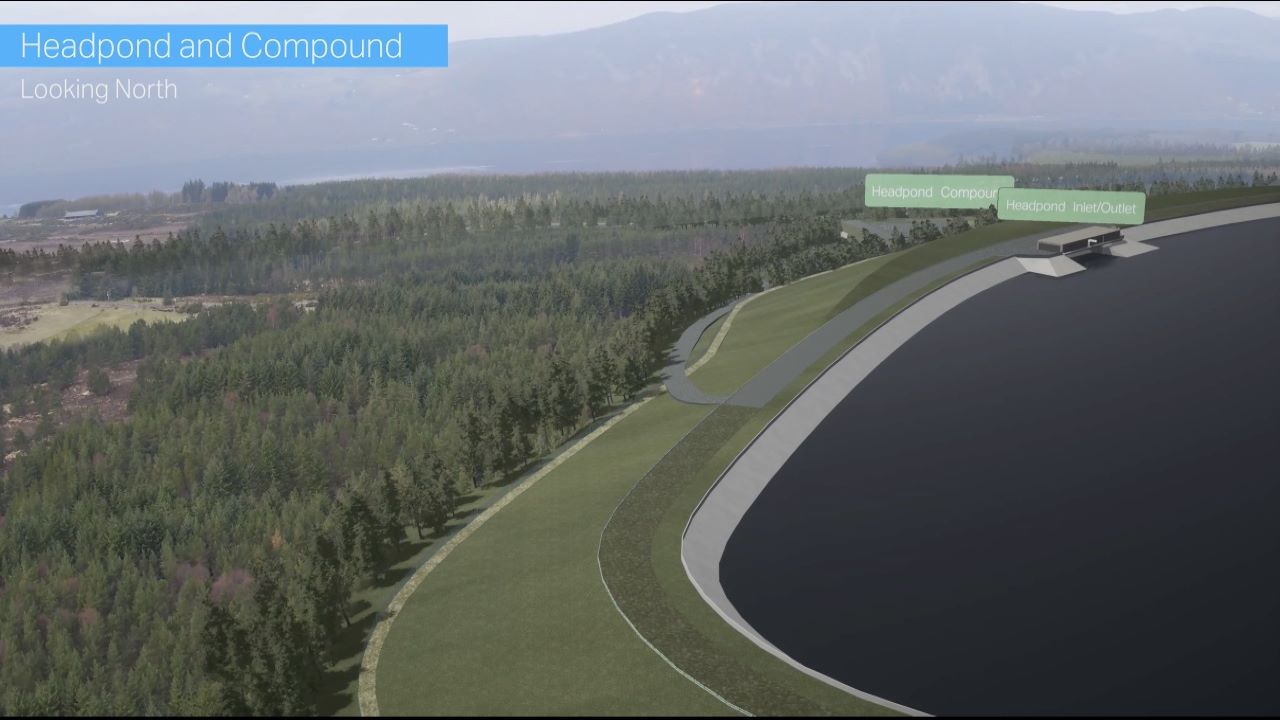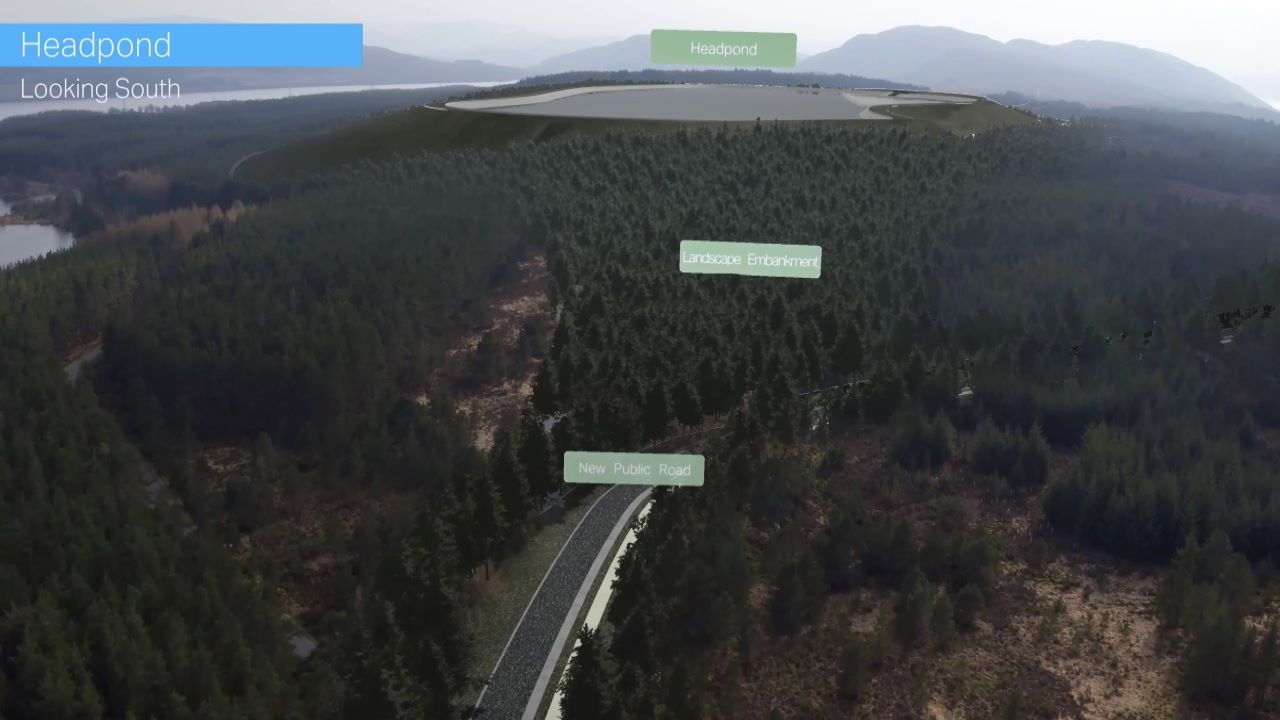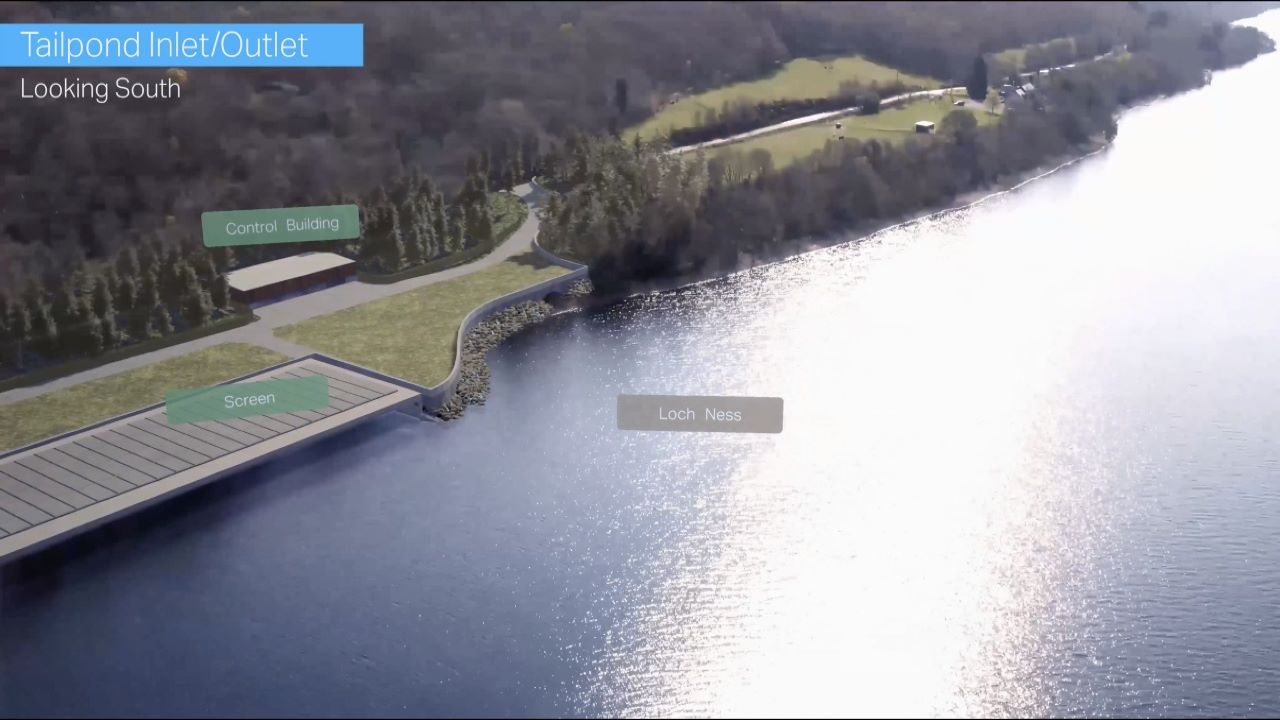The Red John pumped storage hydro project is being developed in the Scottish Highlands by renewable energy developer Intelligent Land Investments (ILI) Group.
The new pumped storage hydro project will have a storage capacity of approximately 2,800MWh and an installed power generation capacity of 450MW. It will involve an estimated investment of approximately £550m ($777.89m).
The project was granted construction and operation consent by the Scottish Government in June 2021.
Red John pumped storage hydro project location and site details
The Red John pumped storage hydro project is located approximately 14km south-west of Inverness in the Highland region of Scotland. The project site is situated within the Dores and Essich Community Council area, near the border of the Stratherrick and Foyers Community Council.
Spanning approximately 950ha, the pumped storage hydropower project site stretches across the watershed between the catchment areas of the Ness and Nairn rivers. The Loch Ness and Loch Ashie lie to the immediate west and north-east of the site respectively, while the Loch Duntelchaig lies approximately 0.7km to the east.
Red John pumped storage hydro project infrastructure
Located at the east of the site, the headpond is designed to hold approximately five million cubic metres (Mm³) of water, of which 4.9Mm³ will be used as the working volume during the project’s operation. The project will involve the development of a trench at the bottom of the headpond to allow complete drainage when required.
The headpond inlet/outlet structure will be contained within the inner side of the embankment and the trench. It will include a course screen and gates, before narrowing into the high-pressure tunnel which will connect to the power cavern. The 50m-tall, 75m-wide inlet/outlet structure will feature the inlet for the spillway as well as scour pipes and the inlet/outlet for the high-pressure tunnel. To be developed above the top water level of the headpond, the spillway inlet will transfer excess water to a vertical pipe connected to the scour pipe.
The embankment encircling the headpond will have a length of up to 1,900m and width of up to 600m, with a maximum height of 39m. The embankment crest will have a width of up to 10m and include a 5m-wide access track with a low kerb on the external side.
The embankment will mostly be a built-up earth and rockfill structure. However, the southern edge will not have a built-up embankment, instead cutting into the existing ground level.
The tailpond inlet/outlet structure will be built on the southern bank of Loch Ness, in close proximity to the area where the Allt a’ Chruineachd waterway enters the loch. It will have a maximum depth of 15m within the bank of Loch Ness. The inlet/outlet structure will include an inclined screen of up to 90m wide with a screen cleaning mechanism at the top.
Waterways of the new Scottish hydro-electric project
The surge tanks will be built upstream of the powerhouse and downstream of the transformer gallery.
The high-pressure tunnel will have a length of approximately 900m and maximum diameter of up to 9m. The tunnel lining will be made of either precast concrete, steel segments or reinforced shotcrete.
The low-pressure tunnel, located between the transformer galley and the stilling basin of the tailpond inlet/outlet, will be approximately 1,700m long with a maximum diameter of up to 9m.
The spillway pipe will be buried and used for uni-directional transportation of spill water via gravity from the headpond to the tailpond.
Red John hydro project power generation
The power cavern for the hydropower project will house the powerhouse and the transformer gallery. The highest part of the cavern will be constructed approximately 200m below the ground level.
The 120m-long, up to 25m-wide and up to 50m-high powerhouse will house the generators, reversible pump turbines, switchgear, gantry crane, control room and offices.
The transformer gallery and the powerhouse will stand 50m apart from each other. The approximately 120m-long, up to 20m-wide and up to 30m-high transformer gallery will house the transformers, a gantry crane and a plant laydown area.
Power transmission
The Red John project is envisaged to be connected to the grid via the Knocknagael substation, located north-east of the project development site.
The proposal incorporates a high voltage (HV) cable that will be laid from the underground transformer gallery and routed through the access tunnel to connect to the substation at Compound 1, which is the main compound during the construction phase.




